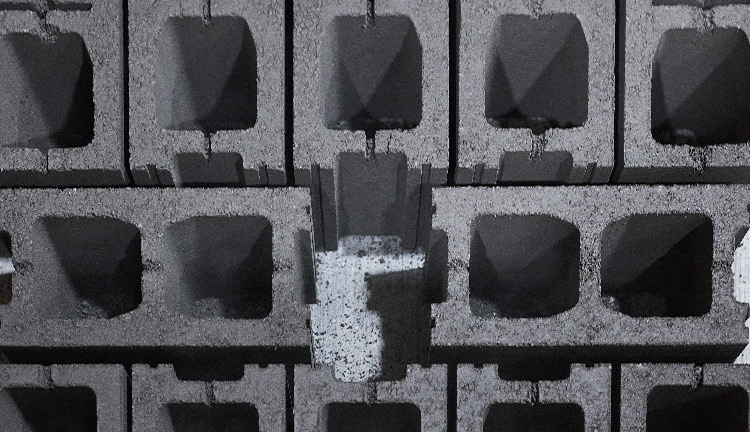
The global built environment is rapidly expanding, but outdated production methods threaten to dampen this growth through generating massive amounts of harmful greenhouse gas (GHG) emissions. In response to the carbon impact of cement—nearly 8% of the global annual total—low-carbon concrete offerings have been introduced around the world.
Within the low-carbon concrete space, supplementary cementitious materials (SCMs) and carbonation curing have been at the forefront of new technology offerings. SCMs are used to partially replace cement in the concrete mix, slightly reducing the embodied carbon of the end-product. On the other hand, without transforming the mix design of concrete or changing the raw materials used, introducing CO2 during curing can marginally reduce the concrete’s embodied carbon and sequester some CO2 in the end products.
Carbonation can reduce concrete’s emissions level by 10% at most. CarbiCrete can offer the maximum emissions reductions of any low-carbon concrete product on the market, reducing emissions by over 100%, due to its dual solution of replacing cement with steel slag in the concrete mix and curing the end-product with CO2.
Cement is concrete’s main active ingredient; it makes up about 10-15% of the concrete mix, yet it is responsible for nearly 90% of concrete’s associated GHG emissions. This is because of cement’s manufacturing process: limestone is heated to nearly 1400°C in a fossil fuel-burning kiln. Without a change, the cement and concrete industries will continue to emit harmful GHGs.
While many low-carbon concrete solutions utilize carbonation, the use of cement is still prevalent even among these “sustainable” solutions. CarbiCrete replaces 100% of the cement in the concrete mix with steel slag, a byproduct of the industrial steelmaking process. Not only does this divert industrial waste from landfills, it also eliminates all cement-based emissions from the embodied carbon of the concrete end-product.
Furthermore, the CarbiCrete process cures this slag-based concrete in a CO2 absorption chamber, strengthening it while further sequestering CO2 within the concrete via carbon mineralization. This allows for CarbiCrete technology to produce a revolutionary carbon-negative product in a heavily emissive industry.
The other way CarbiCrete differentiates itself within the low-carbon concrete space is by providing lower costs to precast concrete manufacturers— up to 20% lower material costs compared to cement-based concrete. As carbon taxes increase for emissions-intensive materials like cement, this cost differential may even grow.
The price of cement in Canada is currently around $200 per tonne. According to Linesight’s 2022 Global Commodity Report, cement prices will rise by 13.9% in 2023, with further price hikes in coming years. CarbiCrete offers additional decreased costs, as steel slag is a by-product not subject to carbon tax.
On a per-unit basis, producing a CarbiCrete CMU incurs the same material costs as producing a cement-based CMU. Over time, this cost differential will only continue to improve as cement prices continue to rise.
Through eliminating cement use, incorporating carbonation curing, and utilizing cost-effective industrial byproducts, CarbiCrete is a uniquely positioned player within the low-carbon concrete space. The further expansion of CarbiCrete’s carbon-negative process has far-reaching implications for global sustainable development.



